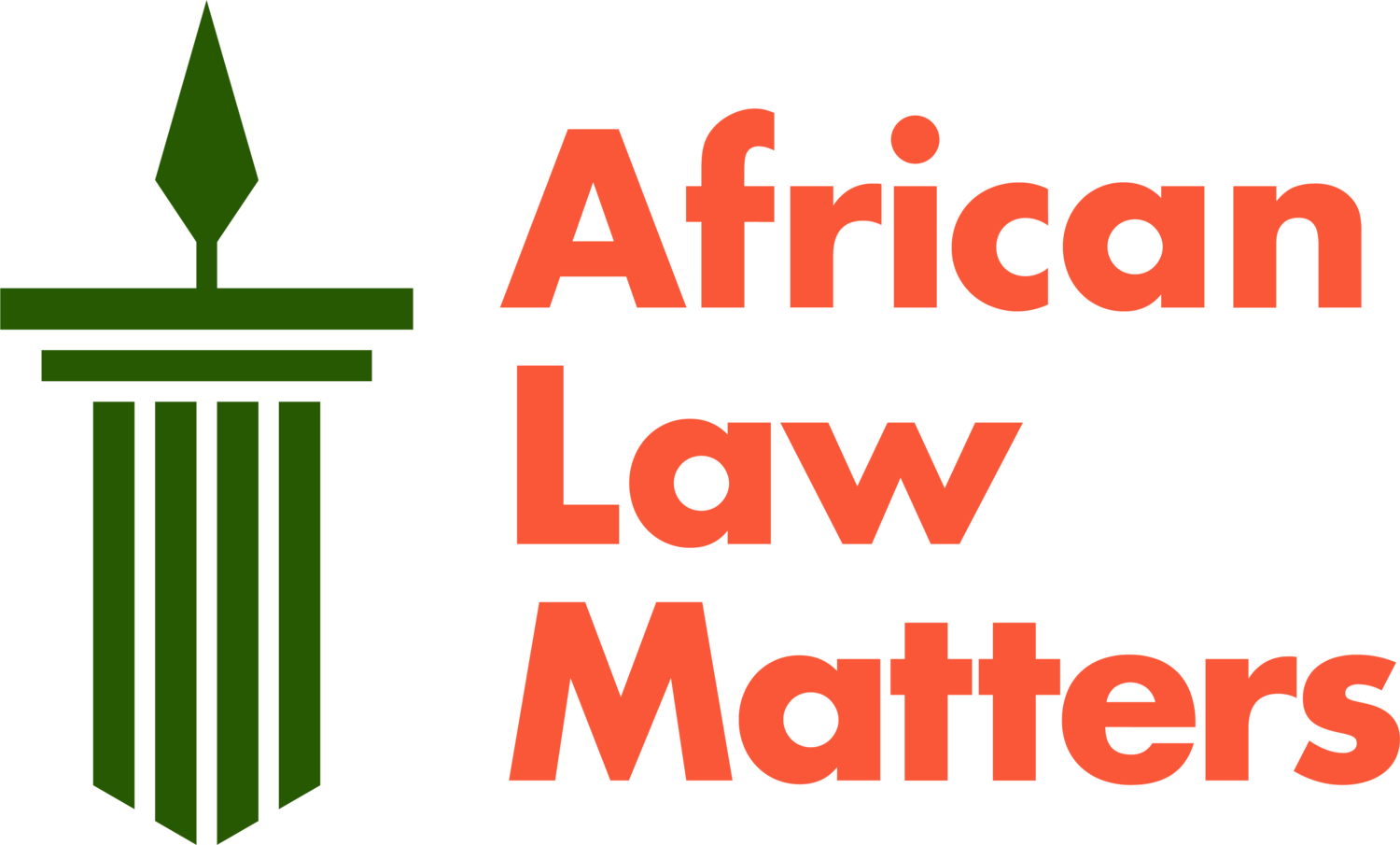“It’s cool to be a 21st-century artisan”
The need for artisans in South Africa is greater than the number of artisans it has.
For a number of years, it has been said by the Minister of Higher Education and Training that the country needs more people to study at vocational schools, including Technical and Vocational Education and Training (TVET) colleges. There has also been a steady increase in the number of learners qualifying for university admission, yet universities are unable to house them all.
What does all of this say? In order to increase the number of artisans with vocational qualifications and close the gap in the market, we need to destigmatise vocational training so that more learners apply to and attend TVET colleges.
The current status quo
There are two important truths to note: first, currently, South African high schools produce more matric leavers who qualify to enter universities than can be accommodated by the number of universities in the country; secondly, there is currently a shortfall in the thousands of skilled and qualified artisans in South Africa.
In response to this, the Department of Higher Education and Training (DHET) has highlighted the need for more matric leavers to obtain vocational skills and has made some efforts to accommodate the matric leavers it is inviting to enrol for vocational training.
In this regard, the DHET has dubbed the decade ending in 2024 “the decade of the artisan”, with the slogan “it is cool to be a 21st-century artisan”. Moreover, it has published policies alongside the UN 2030 Agenda for Sustainable Development and the National Development Plan, which highlight the current status quo and propose some ways in which the Department will increase space at TVET Colleges so that more learners are able to enrol for vocational training.
The issue, however, is that the Department is behind on implementation, and on convincing matric leavers to rather opt for vocational programmes as opposed to university training.
The macro need for artisans in South Africa
There are two major reasons why South Africa needs more artisans.
First, South Africa has so great a shortage of trained artisans that the country has to import artisans across a number of fields. Second, the country’s unemployment rates have remained stubbornly high – and this is an untapped well of potential to open the economy for more young people.
Artisanship covers a plethora of skills and jobs – mechanics, electricians, technicians, plumbers, and so forth – and all are needed in our daily lives to support dwellers and the economy. Thus, increasing the number of artisans in South Africa also means creating more contributors to the growth of the economy.
What needs to be done, then?
TVET Colleges need to be destigmatised and supported in order to grow into an alternative that matric leavers are eager to consider, instead of university.
It has been reported that matric leavers believe that university degrees are favourable, as they will increase opportunities for future employment. This has been disproved, however.
In fact, it has been shown that some degrees have become moot, because some occupations have become so saturated that, consequently, employment opportunities within those occupations are extremely limited.
Therefore, there is a strong case to be made for more matric leavers to enrol at TVET Colleges. However, there is an even greater case to be made for the notion that the government must take the first step and create incentives and a conducive environment for this to occur.
The International Convention on Economic, Social and Cultural Rights, to which South Africa is a party, protects both the rights to higher education and to work.
Moreover, the Committee on Economic, Social and Cultural Rights has commented that technical, and vocational education are part of both the right to education and the right to work.
Furthermore, while not specified in Article 13, technical and vocational education ‘form an integral component of all levels of education, including higher education’. Therefore, the Constitution’s protection of further education in section 29(1)(b) must be read in light of our international law obligations.
The Further Education and Training Act states in its preamble that there is a need for the government to ‘provide optimal opportunities of learning’. Thus, both international and domestic law behove the government to make the first move in providing further education, including technical and vocational training.
The DHET needs to assist learners, once adequate opportunities are created. Learners with minimum required grades should be able to receive financial aid or bursaries seamlessly. The DHET is also aware of the human resources issues which plague TVET colleges, which result in potential students not being able to register at all or on time. They must see to it that these issues are resolved.
The DHET should also rapidly improve any infrastructural issues, as learners will need to access whichever tools are necessary for their trades.
Finally, the DHET should forge strategic partnerships with different companies in order to offer a number of post-graduation internships to graduates. This will allow learners to access education, obtain education of good quality, and gain a foot in the industry.
The micro need for artisans in South Africa
Another uncomfortable truth about our schooling system is that it is not built to foster the talents of all persons. Vocational training, for example, is neglected in the mainstream school system.
The result of this is that children who may not be good at science, mathematics, or music but are good at handwork are left out and not recognised for their talents. Moreover, without information about the possible opportunities available to them, they may not think to consider post‑matric vocational training.
‘‘By this, it can be argued that there is an untapped, underpaid, and exploited well of artisanal skill in South Africa’’.
If we make TVET Colleges a proper option for qualifying matric leavers, then it should follow that more of them will consider enrolment. This means that we will open existing job opportunities to more South African youth, as the demand for artisans is there, but they are in short supply.
Employment has immeasurable benefits, all linked to improved quality of life and human dignity. There is nothing to lose, neither for the country nor for individuals, if we truly make it “cool to be a 21st-century artisan”.
Conclusion
There is a clarion call and a need for more matric leavers to enrol in vocational training at TVET Colleges. However, the DHET needs to do more than call for it or highlight the shortage. The truth is that it has not done all it must in order to make it “cool to be a 21st-century artisan”. And, until it does so, many more matric leavers will remain unemployed – woefully unaware of this path.


